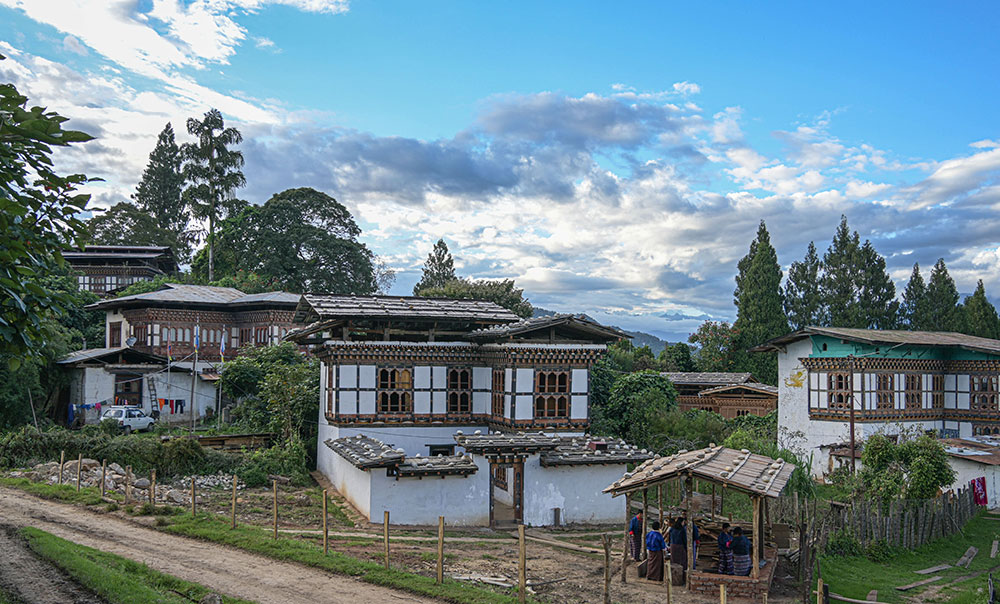Staff Reporter
The Department of Culture (DoC) has identified Nobgang village in Punakha as an important cultural site for its historical and cultural significance. The village has a unique house design locally known as Kabu-Dharcham. The design is one of the characteristics of Nobgang village.
The stewardship plan for protection and management of Nobgang village as a cultural site was initiated under the guidance and patronage of Her Majesty the Gyalyum Tshering Yangdoen Wangchuck with a vision of “a vibrant and self-sustained Nobgang community”, stated a press release from the department.
The history of Nobgang dates back to the 18th century. It is said that when the 9th Je Khenpo Shakya Rinchen was meditating at Jachong Karmo, a cliff north of the valley, he saw a glittering light emanating from a hill in the distance. As he followed the shining light, he discovered that it was actually coming from a precious gem (norbu), hence the name Nobgang “the hill of the precious gem”.
Deeming the gem to be sacred, His Holiness built the Pelri Dorji Dhen on the hill, which today is known as the Tsuglakhang, the main temple in the village. The village was initially settled by hermits and gradually transformed to be settled by farmers.
The Kabu Dharcham house is a result of the transformation of the village and changing lifestyle of its villagers, a press release from DoC stated. “The houses were initially built as hermitages in a rectangular shape, and later converted to village homes.”
The stewardship plan is being instituted for the first time in the country and the plan for Nobgang will be the pilot programme aiming towards community engagement for the protection and management of heritage sites, the press release stated.
The project was conceptualised and implemented by the DoC with funding from the government and the World Bank, including technical assistance. The project was also supported by the Ministry of Agriculture and Forests and Punakha dzongkhag administration.
This project aims to develop a culturally- and context-sensitive community, while at the same time, creating economic opportunities to improve the livelihood of the villagers and address the issue of rural-urban migration. One of its main objectives is to enhance the local economy by using cultural resources through the establishment of community-owned enterprises and the development of products.
The establishment of a traditional restaurant serving food that is indigenous and authentic to Nobgang and a bed & breakfast are two important projects to create economic opportunities for the community.
An old Kabu Dharcham house, which is shown in the old picture taken by JC White in 1905 (which also featured in the book “The Raven Crown), has been acquired. The house has undergone changes over the period and the DoC restored the house to its original form and reopened it as a traditional restaurant.
The restaurant will be managed by the community and nine households out of the 27 households in Nobgang that have registered as a cooperative called Nobgang Tsherim Tshogpa.
The group has been trained in hospitality services with support from the Tourism Council of Bhutan. The restaurant was opened on October 2 as a soft launch of the stewardship plan for Nobgang attended by Her Majesty Gyalyum Tshering Yangdoen Wangchuck with other members of the Royal Family, a World Bank Resident Representative, and other relevant government officials.
The project is also working on branding Nobgang as a must for visitors, and a logo has been developed to promote Nobgang as a brand of Bhutan. The logo was also launched on the same day as the opening of the restaurant.
The traditional restaurant and the bed & breakfast are targeted at both local and international tourists.
Edited by Tshering Palden


